This answers the other problem posed by the user.
SEND + MORE = MONEY where each character has a unique digit and no word starts with zero.
select
top 1
S.num as S,
E.num as E,
N.num as N,
D.num as D,
M.num as M,
O.num as O,
R.num as R,
Y.num as Y,
(S.num * 1000 + E.num * 100 + N.num * 10 + D.num) as [SEND],
(M.num * 1000 + O.num * 100 + R.num * 10 + E.num) as MORE,
(S.num * 1000 + E.num * 100 + N.num * 10 + D.num) + (M.num * 1000 + O.num * 100 + R.num * 10 + E.num) as SEND_plus_MORE,
(M.num * 10000 + O.num * 1000 + N.num * 100 + E.num * 10 + Y.num) as [MONEY]
from
Digits as S
join digits as E on E.num <> S.num
join digits as N on N.num <> S.num and N.num <> E.num
join digits as D on D.num <> S.num and D.num <> E.num and D.num <> N.num
join digits as M on M.num <> S.num and M.num <> E.num and M.num <> N.num and M.num <> D.num
join digits as O on O.num <> S.num and O.num <> E.num and O.num <> N.num and O.num <> D.num and O.num <> M.num
join digits as R on R.num <> S.num and R.num <> E.num and R.num <> N.num and R.num <> D.num and R.num <> M.num and R.num <> O.num
join digits as Y on Y.num <> S.num and Y.num <> E.num and Y.num <> N.num and Y.num <> D.num and Y.num <> M.num and Y.num <> O.num and Y.num <> R.num
where
(S.num * 1000 + E.num * 100 + N.num * 10 + D.num)
+ (M.num * 1000 + O.num * 100 + R.num * 10 + E.num)
= (M.num * 10000 + O.num * 1000 + N.num * 100 + E.num * 10 + Y.num)
and S.num <> 0 and M.num <> 0
I thought about something in the WHERE clause to enforce unique digits, but I believe this ends up processing too many permutations before the WHERE clause is checked.
Since we're only dealing with up to 10 digits, I think it is best to build the long ON clauses instead for speed concerns.
Here is the FROM + WHERE clause without the crazy ON clauses. This runs A LOT slower on my server.
from
Digits as S
cross join digits as E
cross join digits as N
cross join digits as D
cross join digits as M
cross join digits as O
cross join digits as R
cross join digits as Y
where
(S.num * 1000 + E.num * 100 + N.num * 10 + D.num)
+ (M.num * 1000 + O.num * 100 + R.num * 10 + E.num)
= (M.num * 10000 + O.num * 1000 + N.num * 100 + E.num * 10 + Y.num)
and S.num <> 0 and M.num <> 0
and (select max(B.Count) from
(select COUNT(*) as Count from
(select S.num, 's' as letter -- the letters are included to make sure the unions do not merge equivalent rows
UNION select E.num, 'e'
UNION select N.num, 'n'
UNION select D.num, 'd'
UNION select M.num, 'm'
UNION select O.num, 'o'
UNION select R.num, 'r'
UNION select Y.num, 'y') as A
group by A.num
) as B
) = 1

